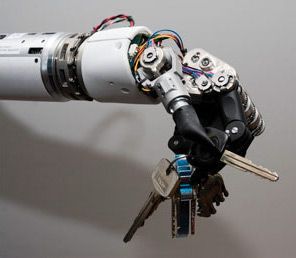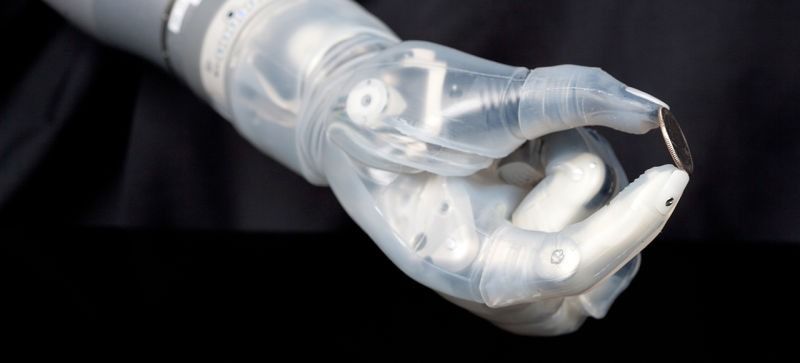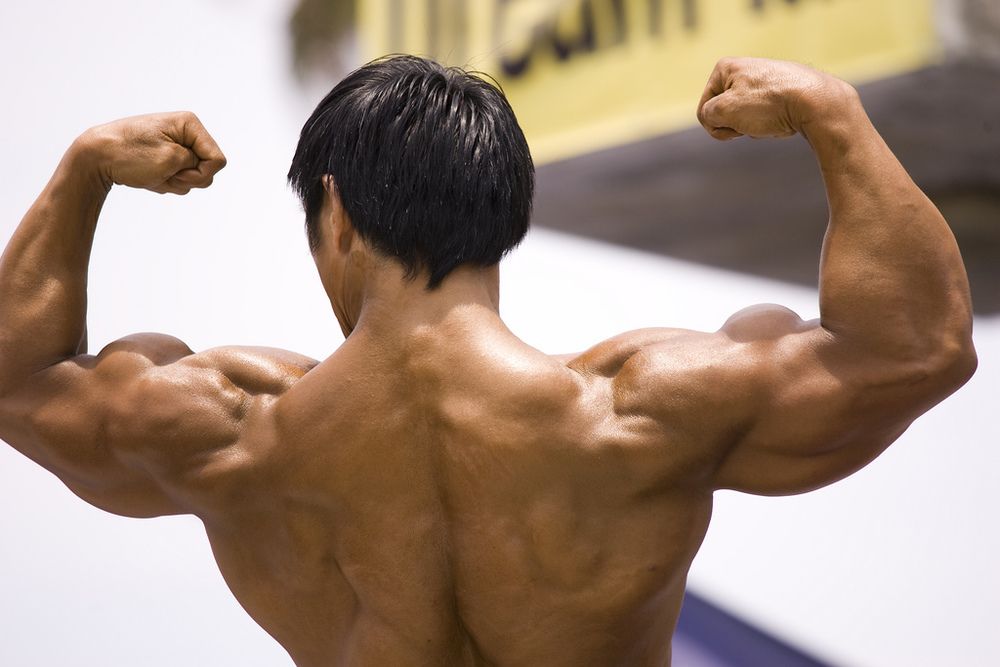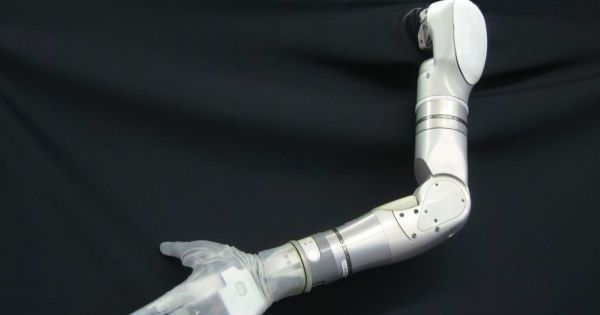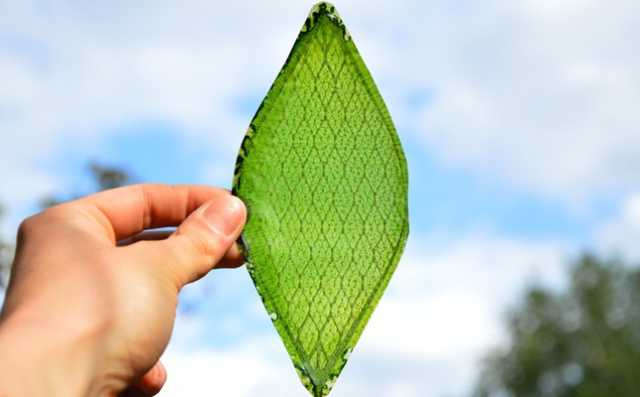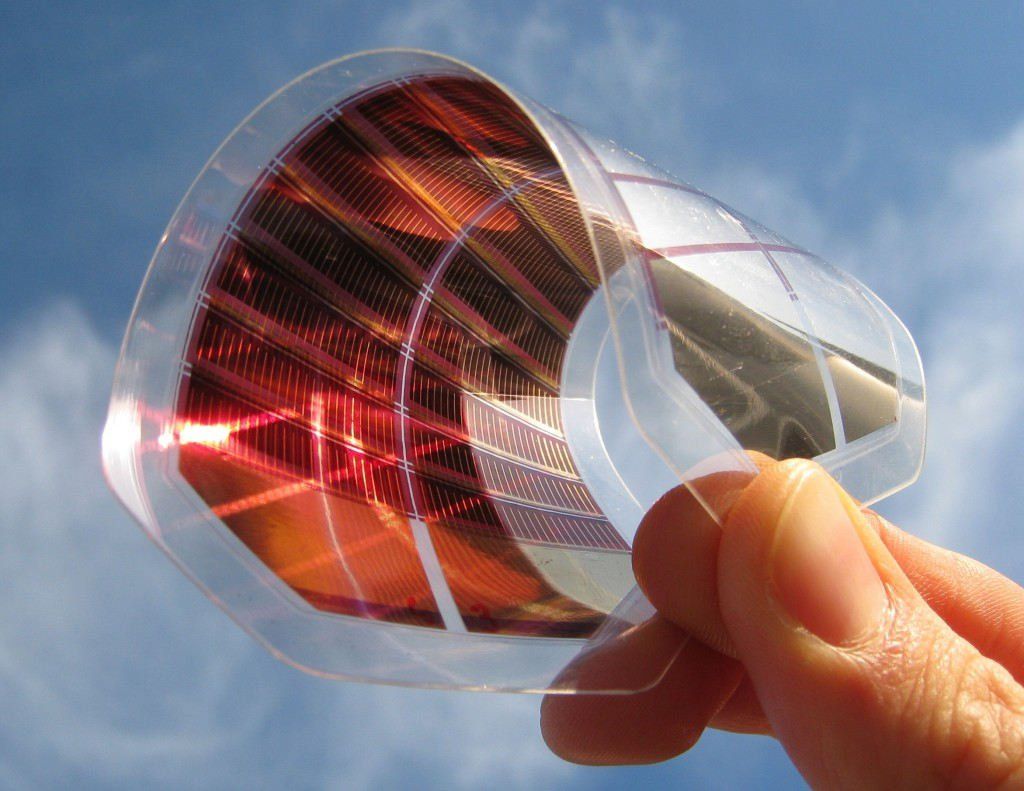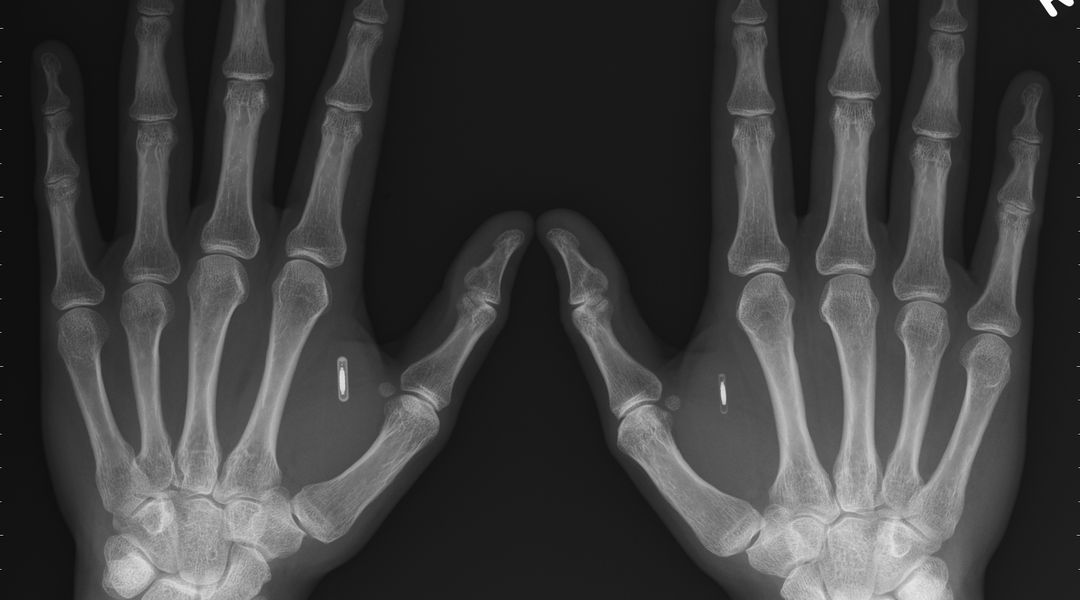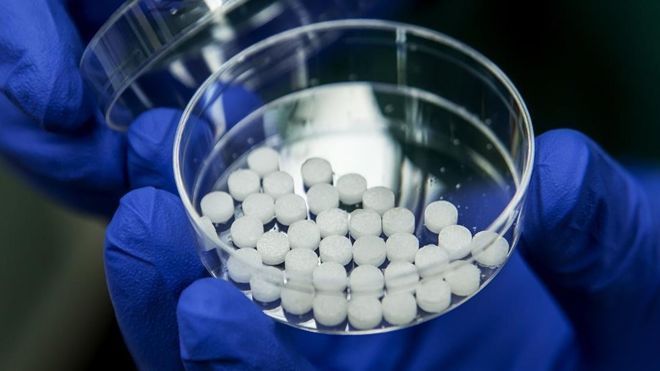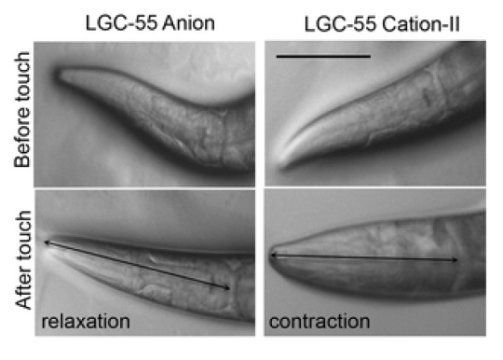Sep 14, 2015
Future Transhumanist Tech May Soon Change The Definition Of Disability
Posted by Zoltan Istvan in categories: cyborgs, transhumanism, transportation
My first article for TechCrunch. The story is on disability & transhumanism:
Radical technologies around the world may soon overhaul the field of disability and immobility, which affects in some way more than a billion people around the world.
MIT bionics designer Hugh Herr, who lost both his legs in a mountain climbing accident, recently said in a TED Talk on disability, “A person can never be broken. Our built environment, our technologies, are broken and disabled. We the people need not accept our limitation, but can transcend disability through technological innovation.”
Continue reading “Future Transhumanist Tech May Soon Change The Definition Of Disability” »
